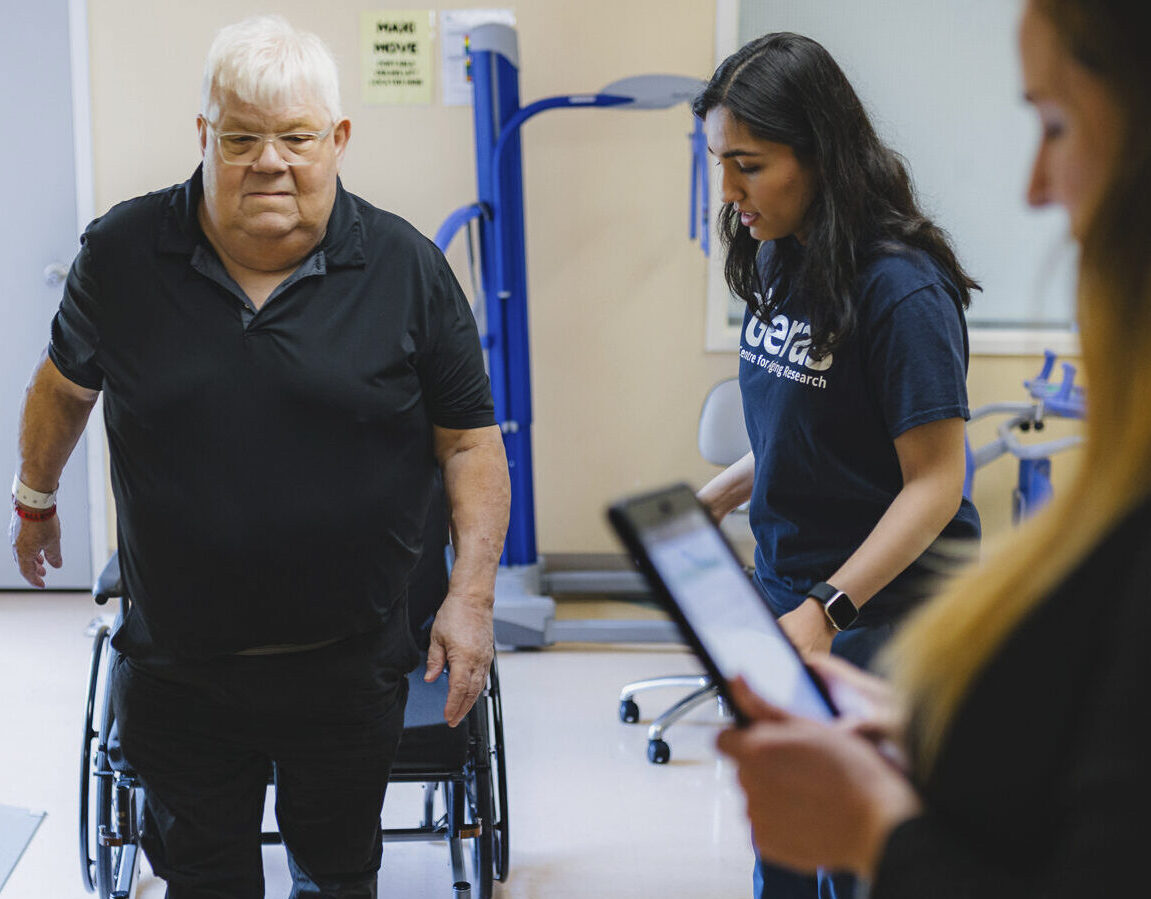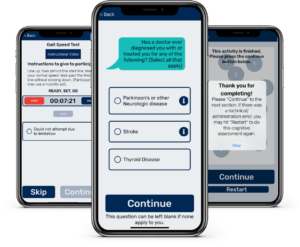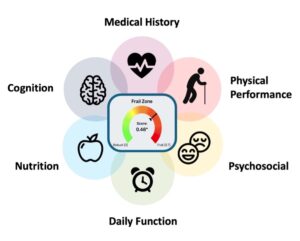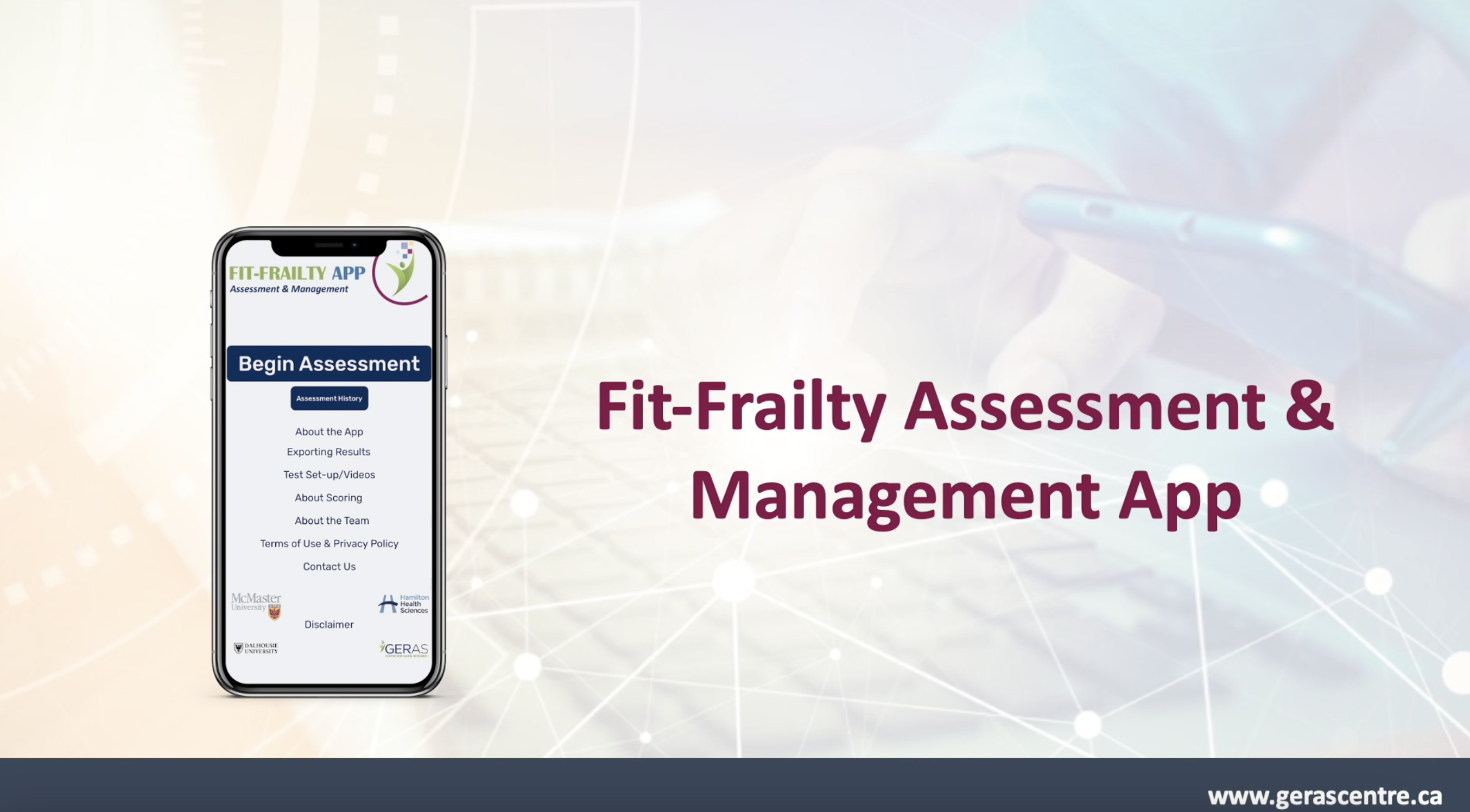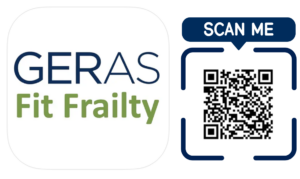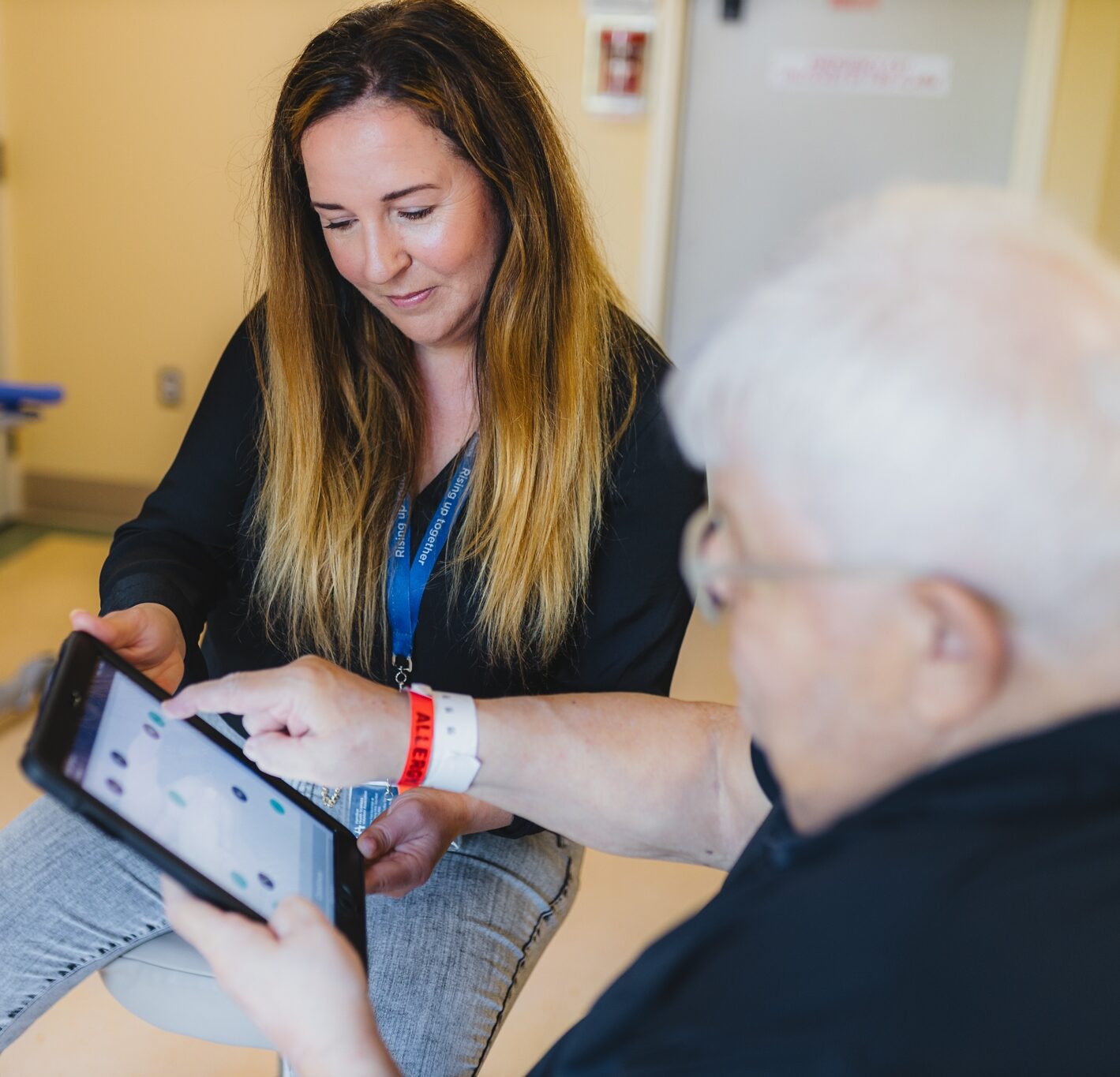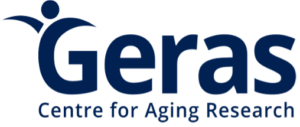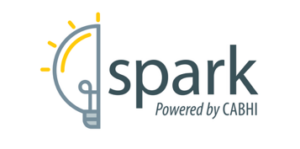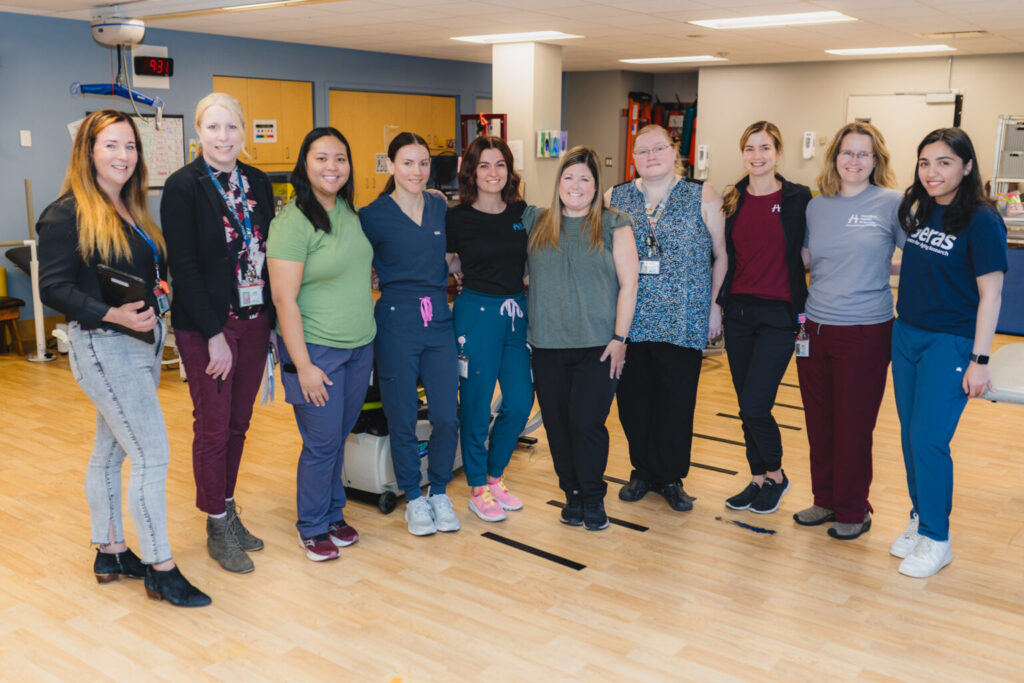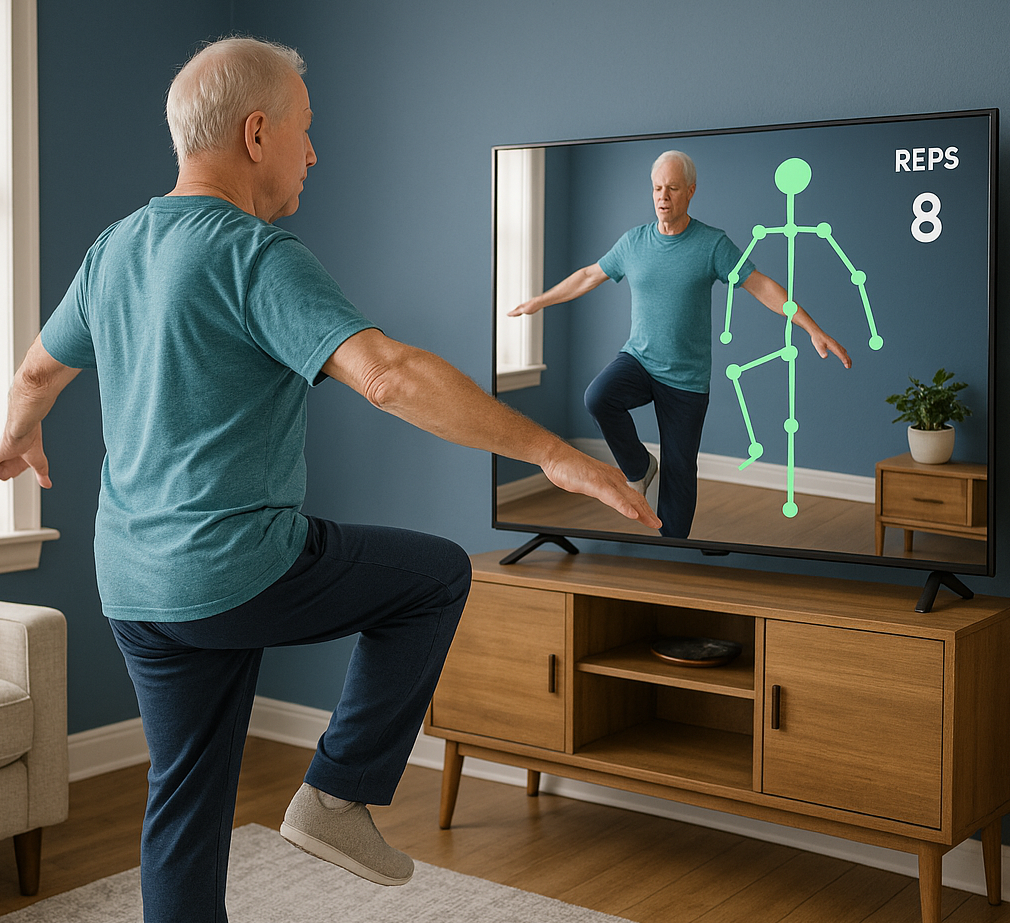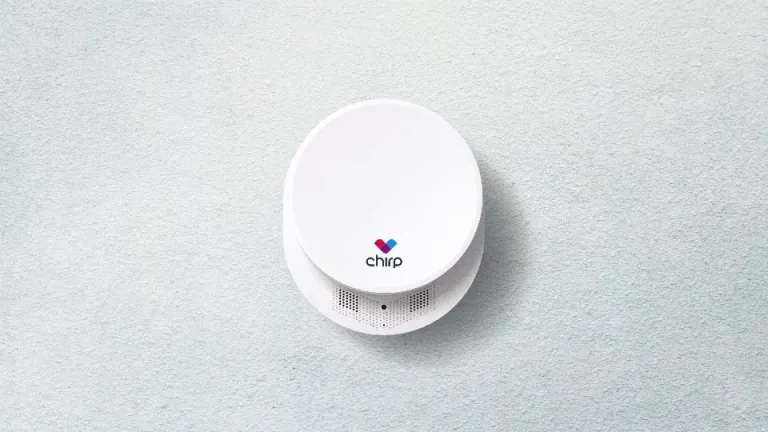How the Fit-Frailty App Works
Two fully-guided versions are available:
The Interactive (in-person) version includes patient or caregiver self-report questions, along with interactive cognitive and physical performance measures. Clinicians complete the medical history section, and the estimated completion time is 15 minutes.
The Self-report (remote) version is designed for remote use or when a participant cannot interact with the device. It replaces the interactive assessments with self-reported questions and takes approximately 10 minutes to complete.
The Results Dashboard provides clinicians with a comprehensive PDF summary of underlying contributors across each domain, helping to inform treatment decisions. Additionally, all data points are available in a CSV format, making it easy to upload to a database for research purposes.
Key Features of the Fit-Frailty App
Clinical Application: The Fit-Frailty App serves as a practical tool for the assessment and management of frailty across a wide range of healthcare settings. These include home care, primary care, outpatient clinics, and both acute and rehabilitation inpatient environments. The app supports routine clinical workflows and promotes consistent frailty evaluation practices. It is user-friendly with automated scoring, guided scripts, and built-in instructional videos. Personalized results can be used to align treatment with individual patient needs. Clinical validation on a rehabilitation unit demonstrated it was a responsive measure of treatment progress.
Research Use: With an intuitive interface tailored for both clinical and non-clinical personnel, the app is well-suited for use in clinical trials and a variety of research studies. It allows for standardized data collection and includes functionality to export results in CSV format, facilitating seamless integration with research databases and data analysis platforms.
